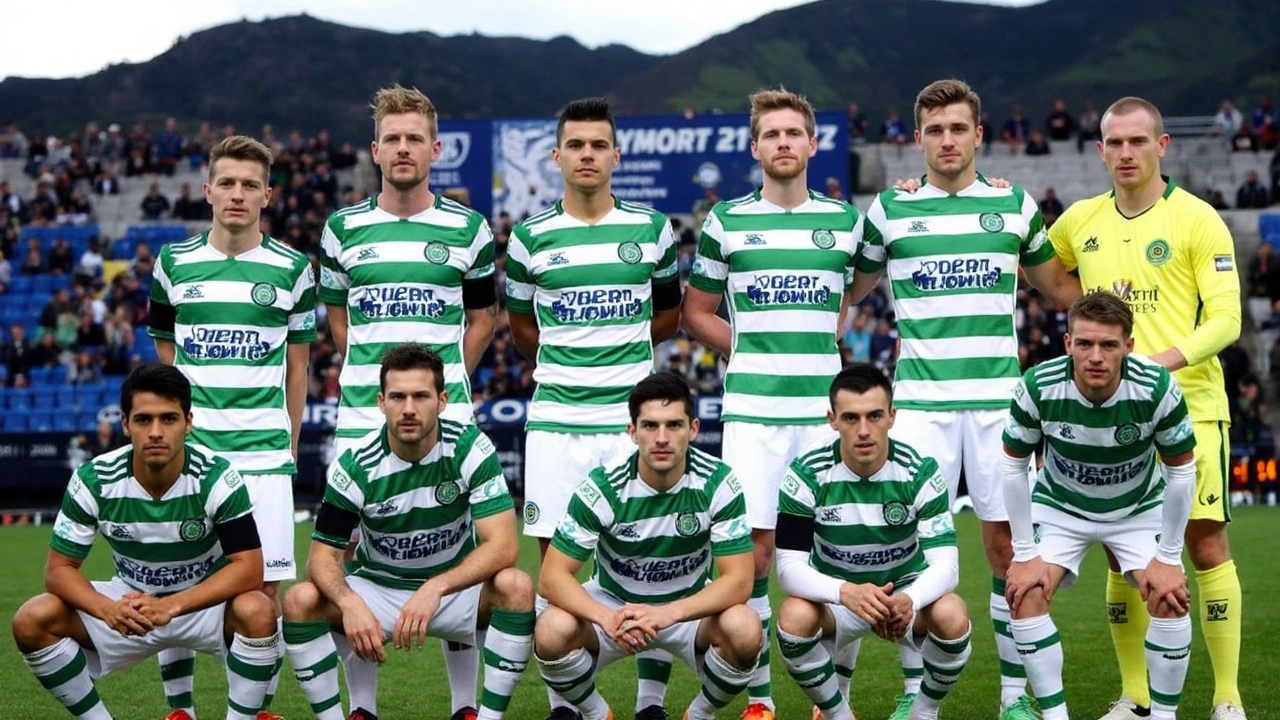Pre-season Friendly: How to Get the Most Out of Early Matches
Pre-season friendlies are not just warm-up games — they're working rehearsals with fans invited. Clubs use them to test tactics, give minutes to new signings, and manage fitness without pressure. If you follow a team, these matches are where you see new faces, fresh formations, and early chemistry questions before they start costing points.
For managers, a friendly is a lab. You can try odd formations, rotate heavily, and give youngsters a real test. Watch who starts and who finishes; a starter getting 60–75 minutes is earning trust. Coaches measure readiness by minutes and movement more than by final score, so a sloppy loss can still show progress in the areas a coach cares about.
Key signs to watch on the pitch
Look for fitness, cohesion, and role clarity. Fitness shows in tempo and recovery runs. Cohesion appears when fullbacks and wingers link consistently, or when the midfield presses as a unit. Role clarity comes when a player knows whether they keep width, invert, or sit deeper. New signings should look comfortable on the ball and aware of teammates’ runs — that’s the fastest sign they’ll fit.
Set pieces in friendlies are worth watching. Teams trial routines here before using them in competitive games. If a side scores or defends well from corners and free kicks in pre-season, that’s a quick tactical win for the staff. Also note substitution patterns: who comes on early, who gets late minutes, and how the team maintains shape under rotation.
Practical tips for fans and attendees
Tickets are usually cheaper and smaller venues mean a closer view. Arrive early to catch warm-ups and post-game drills — those moments reveal training habits and player focus. If you stream, check club platforms and local broadcasters; many clubs offer pay-per-view for tours or behind-the-scenes clips.
Expect mixed lineups. Big names might skip full contact until their fitness is right. Treat results as signals, not verdicts. If a team loses but shows clear tactical work and match fitness gains, that matters more than a friendly scoreline.
Clubs manage risk carefully. Medical teams monitor training loads with GPS and simple tests, and managers protect stars with limited minutes. That explains why a top player might only play 30–45 minutes early on. Clubs also use friendlies to test squad depth: watch how replacements affect tempo and chance creation once starters sit out.
Use friendlies to form a clearer idea of the season ahead. Notice formations, pressing triggers, and which youngsters get real minutes. Go with low expectations but stay curious — every pre-season game gives clues about tactics, fitness, and who will step up when the real season starts. Enjoy the fresh faces and small tactical changes; they often predict the biggest surprises later on.
Ajax Dismantle Celtic 5-1 in Ruthless Pre-Season Friendly at Como Cup
Ajax crushed Celtic 5-1 in a pre-season clash at the Como Cup, showing far more sharpness and depth. Steven Berghuis scored twice, while Ajax’s attacking force overwhelmed Celtic’s struggling defense. Despite some chances, Celtic couldn’t match Ajax’s intensity.
